Palpebral Fissures Down Syndrome
Palpebral fissures down syndrome. The palpebral fissure is the space in the corner of the eye between the eyelids in the area where the lower and upper lids meet. 2 Epicanthic folds are common and found in greater than 60. The slanting of palpebral fissures is prevalent in people suffering from downs syndrome which has not been stated by the patient.
It is characterized by anal atresia with fistula formation coloboma of the iris down slanting palpebral fissures and. Downs Syndrome Downs syndrome is clearly the most common and recognizable genetic syndrome known although at times the physical features may be difficult to identify in a newborn. In some instances down slanted palpebral fissures may be one of the features of a rare disease or genetic syndrome.
The majority of individuals have poor visual responses which may also be attributed to central or cortical impairment. Most of the reported findings are part of the facial phenotype such as downward slanting palpebral fissures and wedge-shaped eyebrows with the medial portion visibly wider than the temporal region. Down slanted palpebral fissures may be one of the unique facial features of a number of genetic syndromes.
Abnormal slanting of the eye may occur with some genetic disorders and syndromes. They may also have round faces short necks with the extra skin at the nape of the neck and somewhat flatter profiles. In this case fast targeted genetic analysis can give you a more accurate diagnosis.
There are some normal variations in size and shape of this anatomical feature that can occur between populations. A rare genetic syndrome caused by abnormalities of chromosome 22. Strabismus and nystagmus are frequently present.
Illustration courtesy of Taurice N. Slanting of palpebral fissures occurs normally on Asians which is a probable indication of the patients descent. Eyelid abnormalities including upward slanting palpebral fissures prominent epicanthal folds blepharitis epiblepharon and congenital ectropion are often seen in Down syndrome Figure 1.
The most common of these is Down syndrome. The palpebral fissure is the meeting point of the lower and upper eyelids.
The slanting of palpebral fissures is prevalent in people suffering from downs syndrome which has not been stated by the patient.
In this case fast targeted genetic analysis can give you a more accurate diagnosis. Note up-slanting palpebral fissures bilateral epicanthal folds flat nasal bridge open mouth with tendency for tongue protrusion and small ear with overfolded helix. Slanting of palpebral fissures occurs normally on Asians which is a probable indication of the patients descent. 3 rows An extremely rare multiple congenital abnormality syndrome that has characteristics of. In some instances down slanted palpebral fissures may be one of the features of a rare disease or genetic syndrome. Upslanting palpebral fissures a suggestion of epicanthal folds and a flat nasal bridge. Abnormalities of the palpebral fissure are associated with certain congenital conditions. Illustration courtesy of Taurice N. The prevalence of slanting palpebral fissures is typically reported at greater than 80.
A rare genetic syndrome caused by abnormalities of chromosome 22. 2 Epicanthic folds are common and found in greater than 60. In their mouth people with Down syndrome may have abnormal teeth a narrow palate and a tongue with deep fissures in it this is called a furrowed tongue. The prominent epicanthal fold of a child with Down syndrome The pupil also demonstrate a light smudgy opacity called a Brushfield spot. Eyelid abnormalities including upward slanting palpebral fissures prominent epicanthal folds blepharitis epiblepharon and congenital ectropion are often seen in Down syndrome Figure 1. Abnormalities of the palpebral fissure are associated with certain congenital conditions. Illustration courtesy of Taurice N.


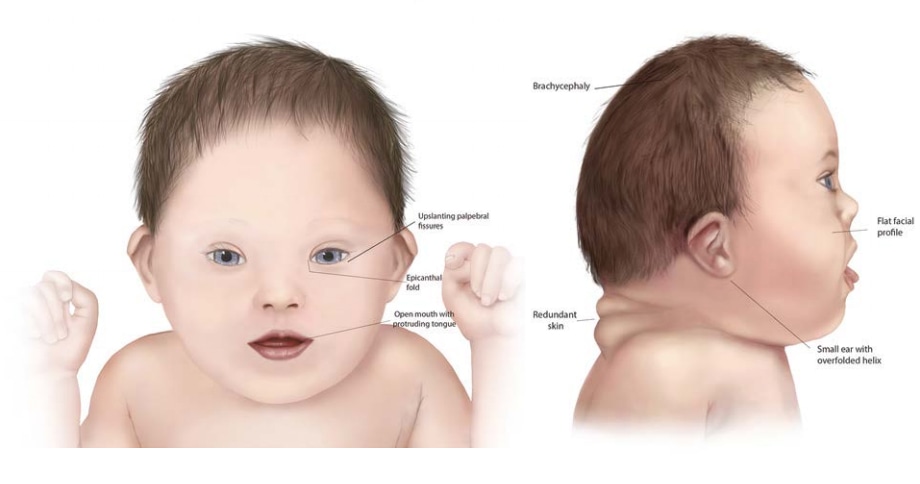



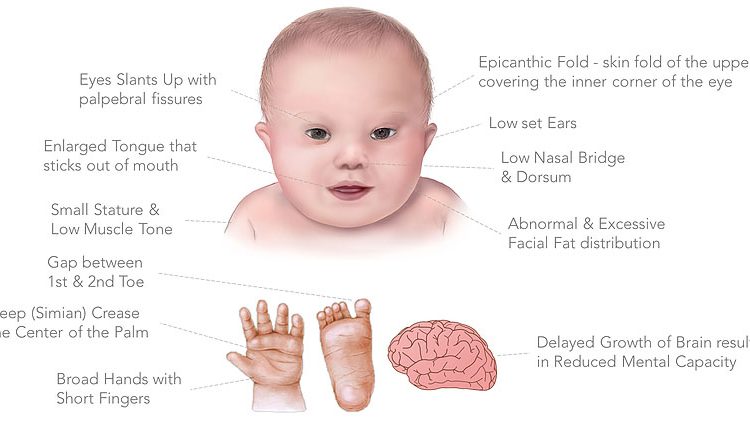

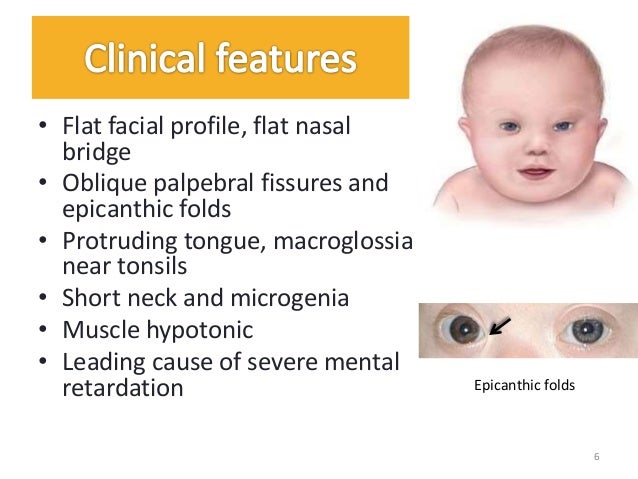

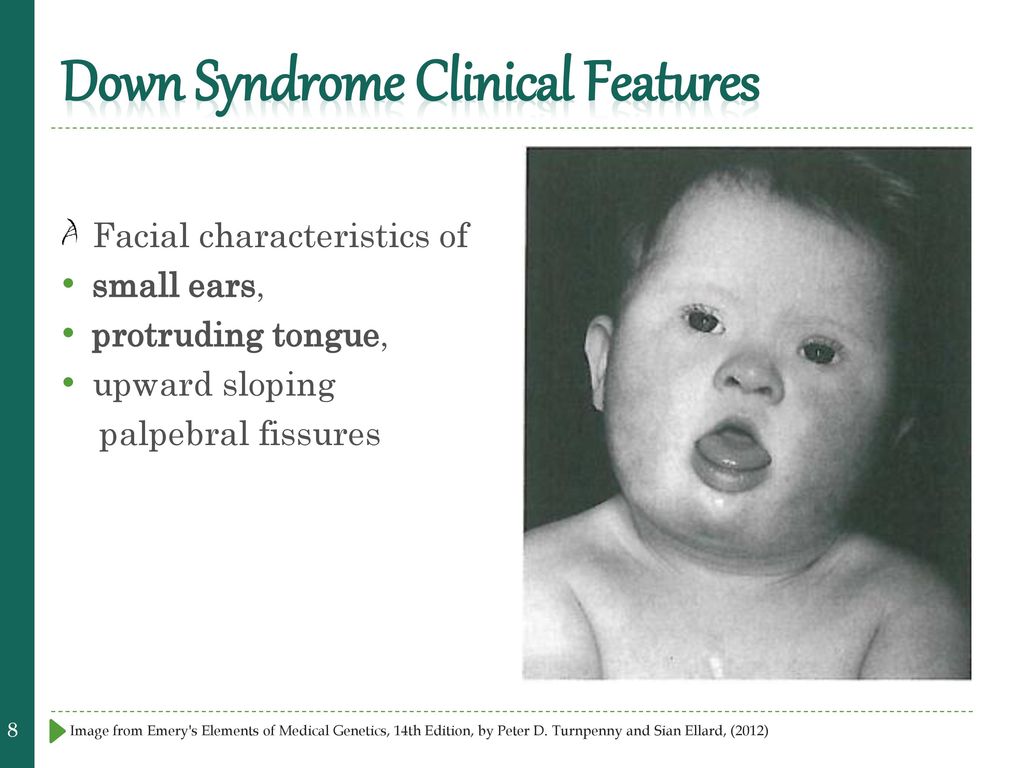







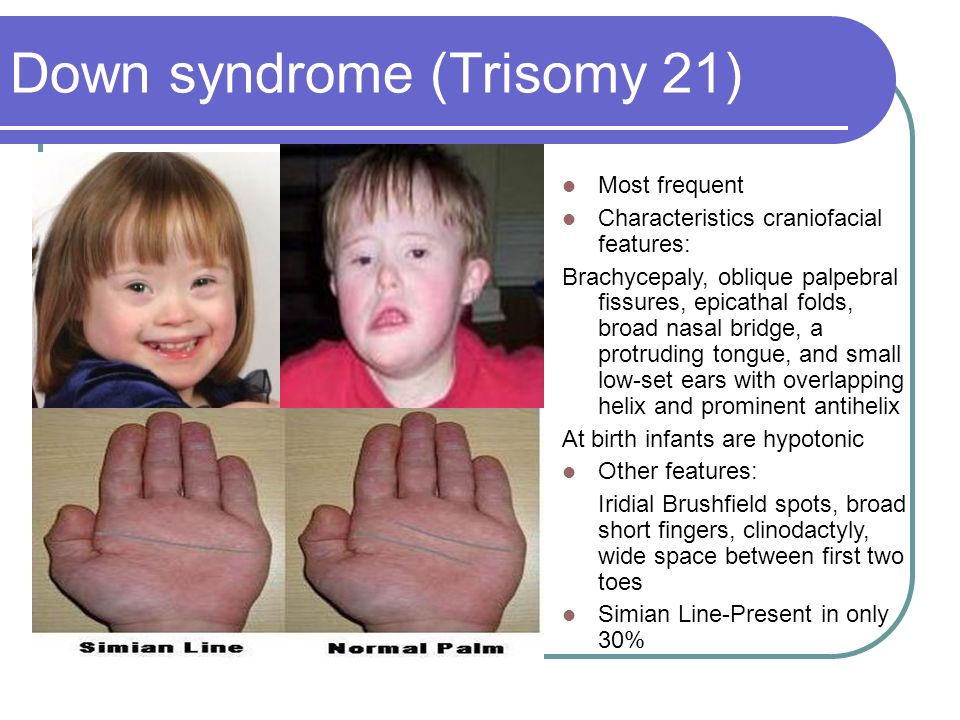




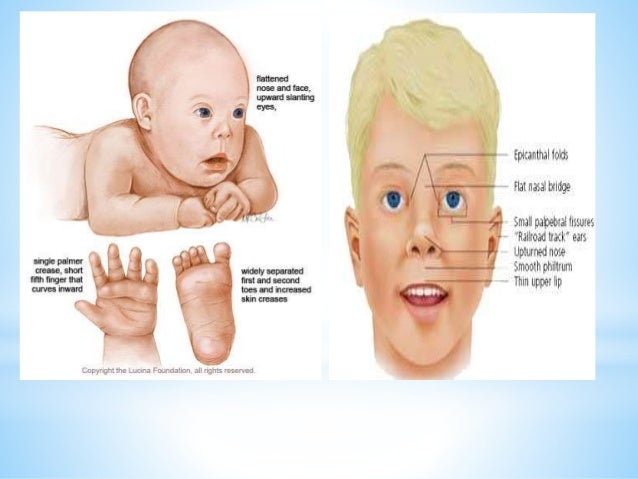

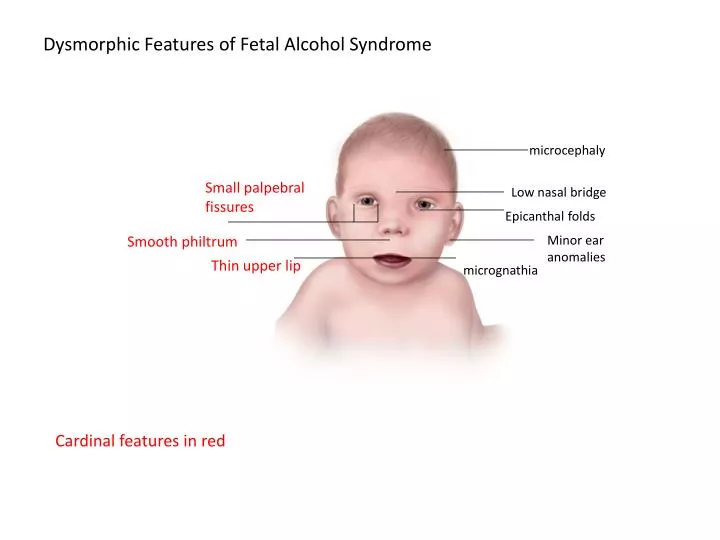


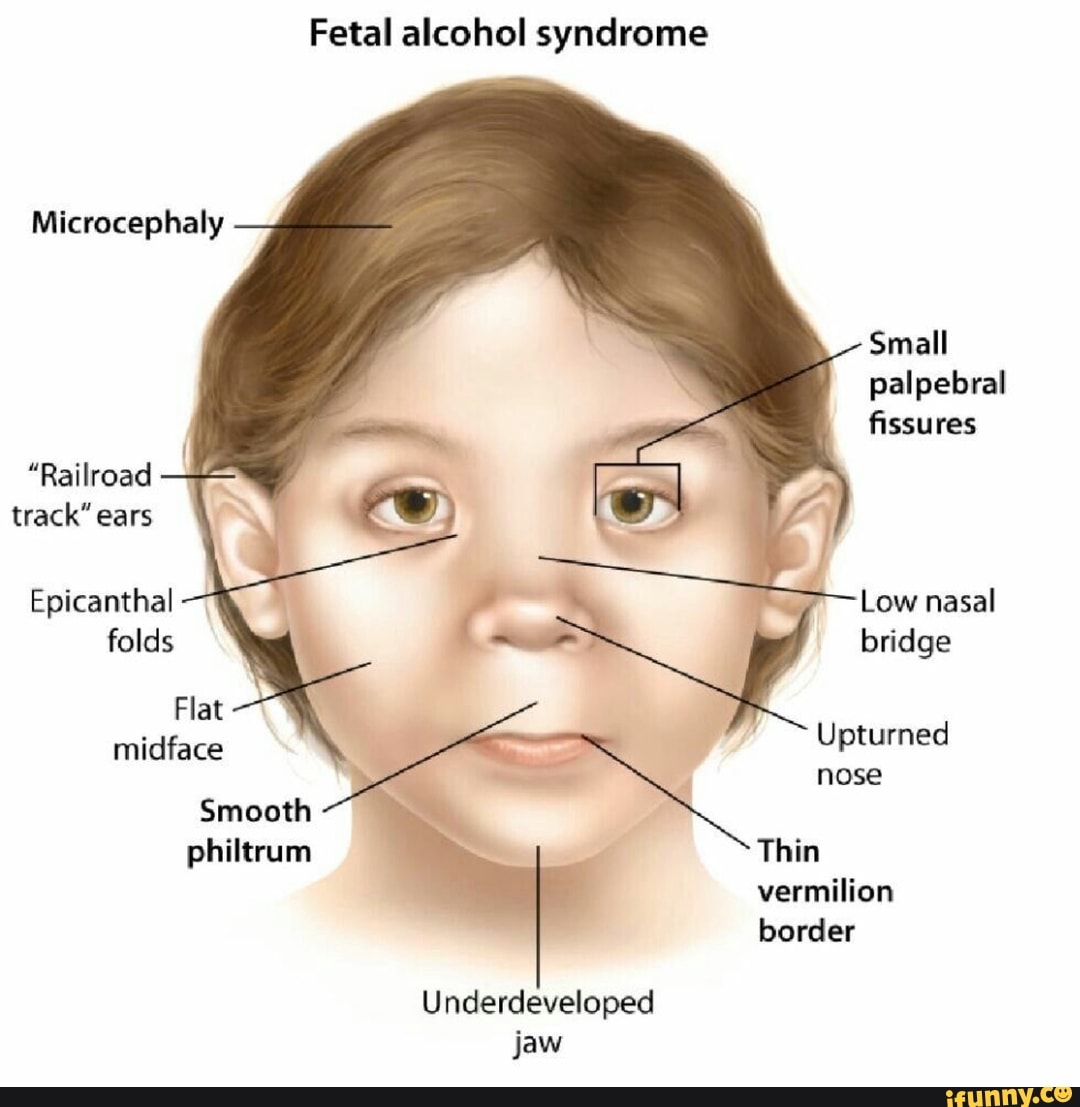


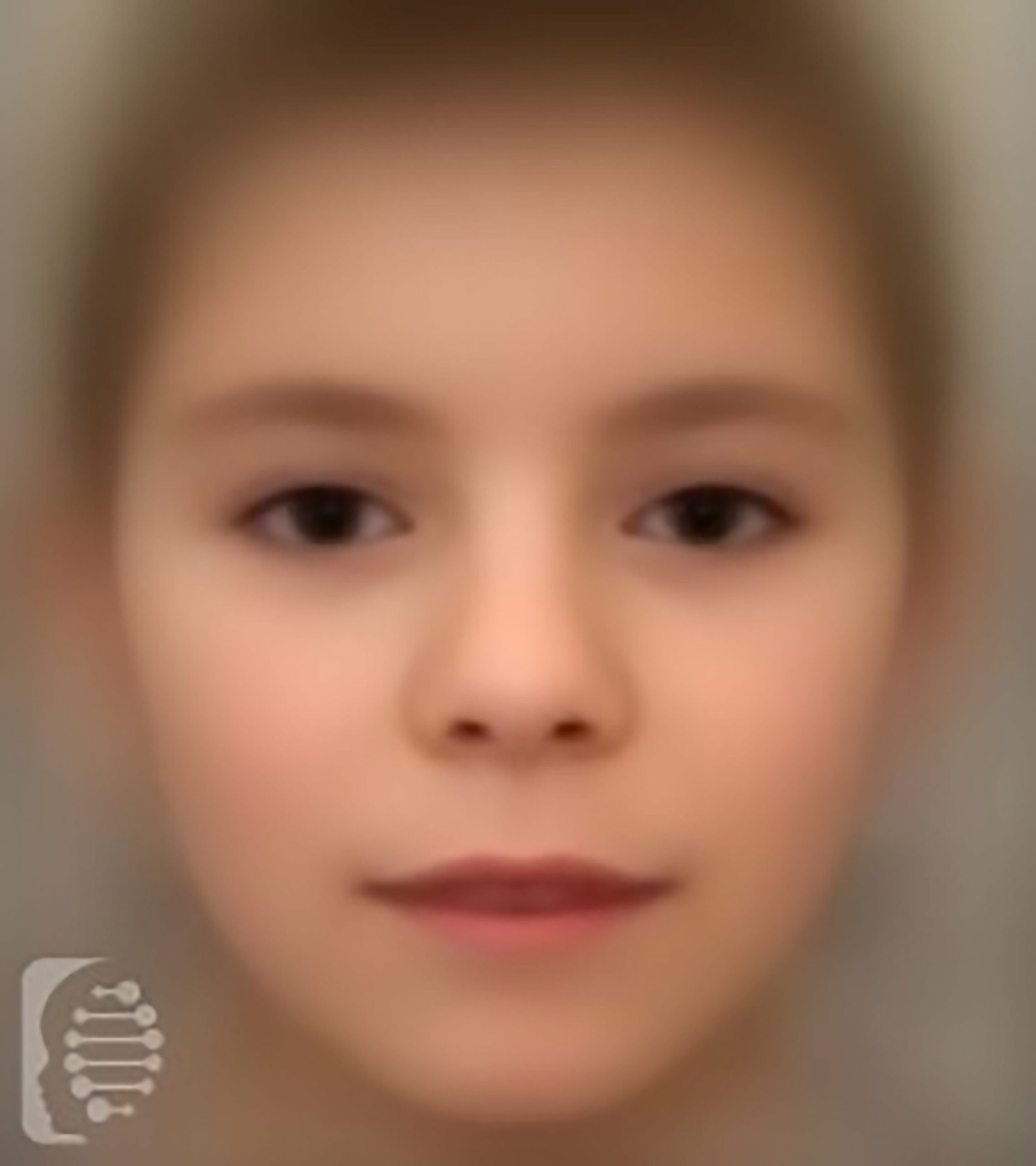


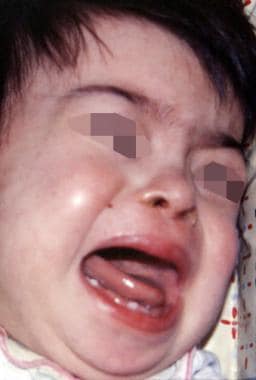





Post a Comment for "Palpebral Fissures Down Syndrome"